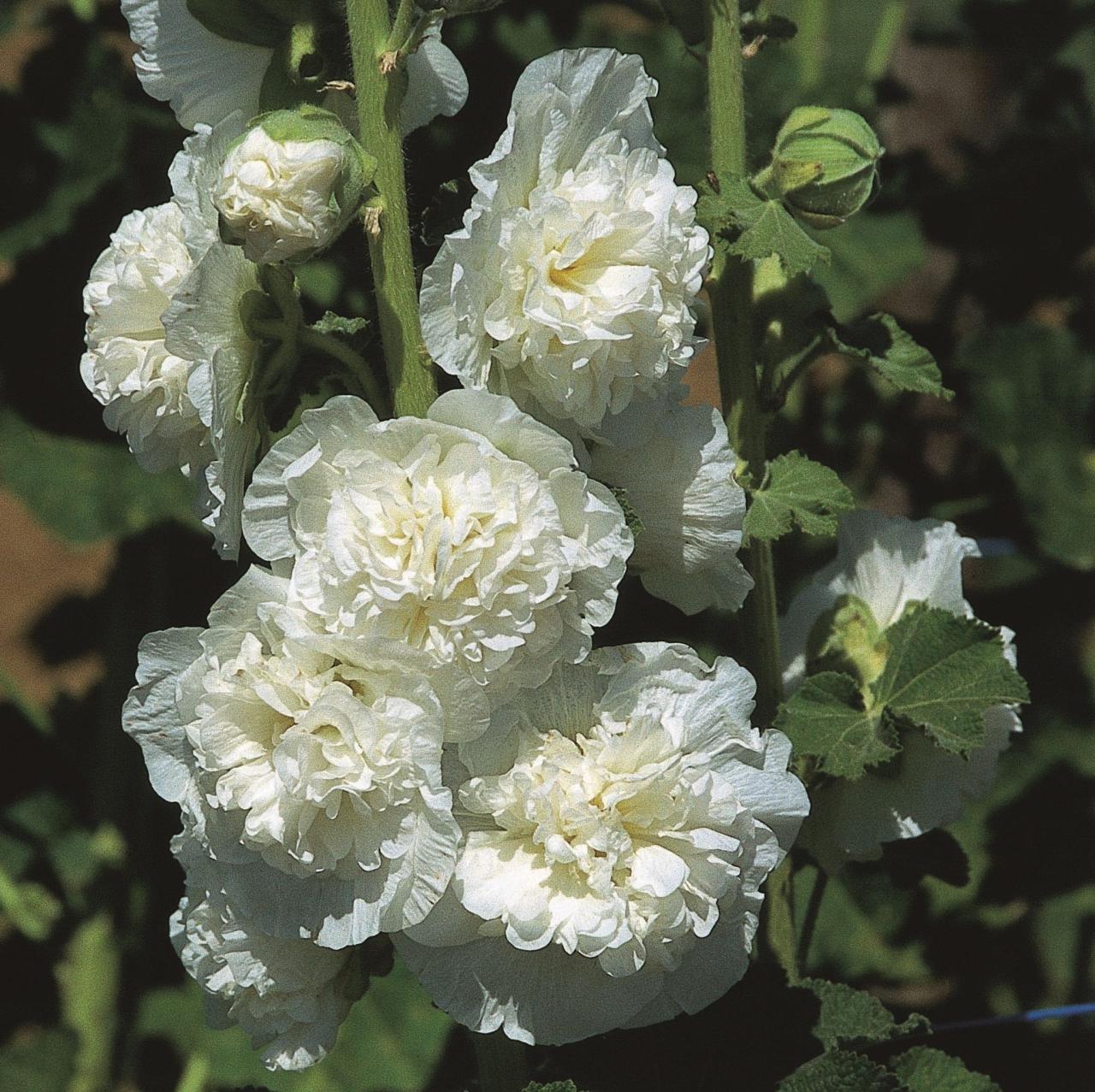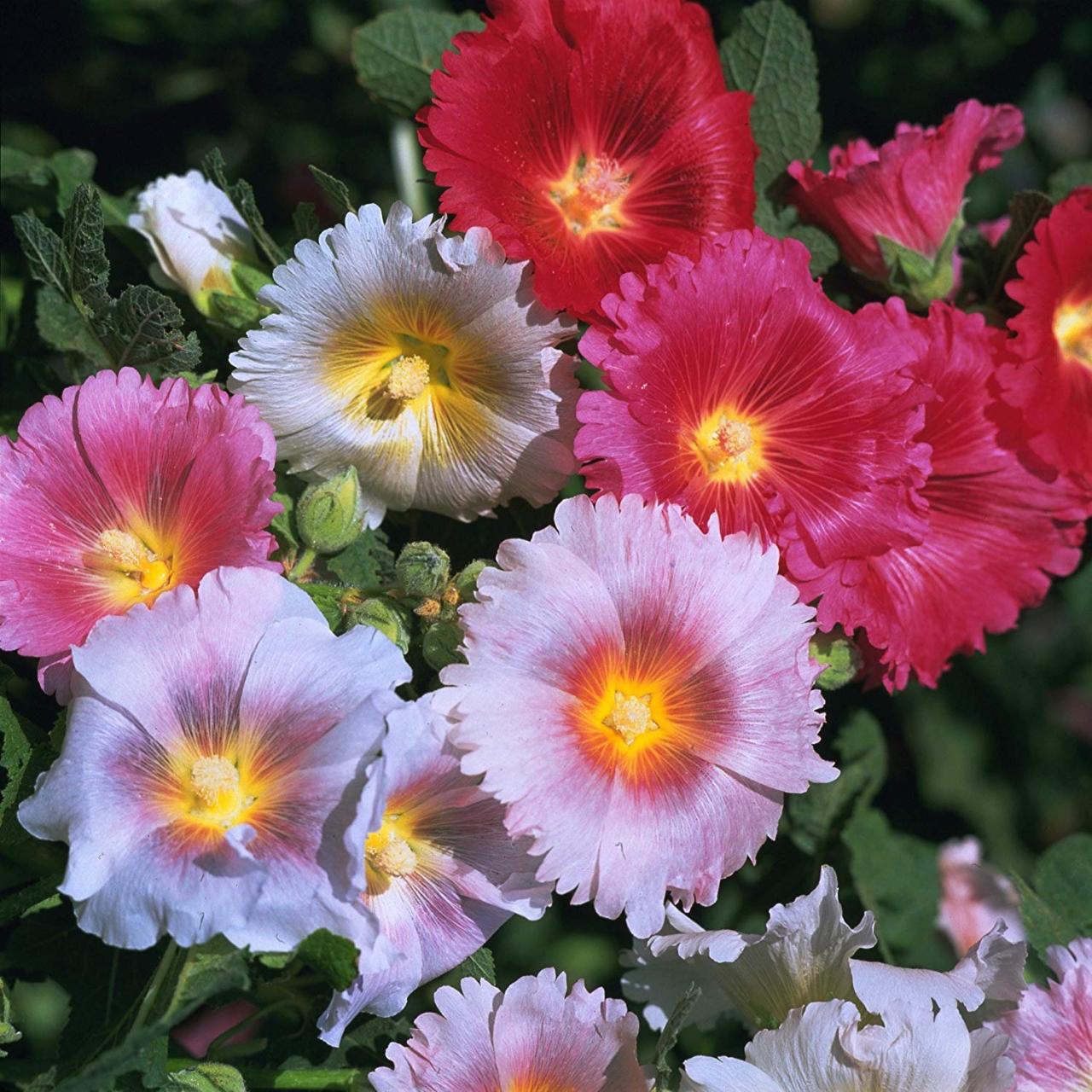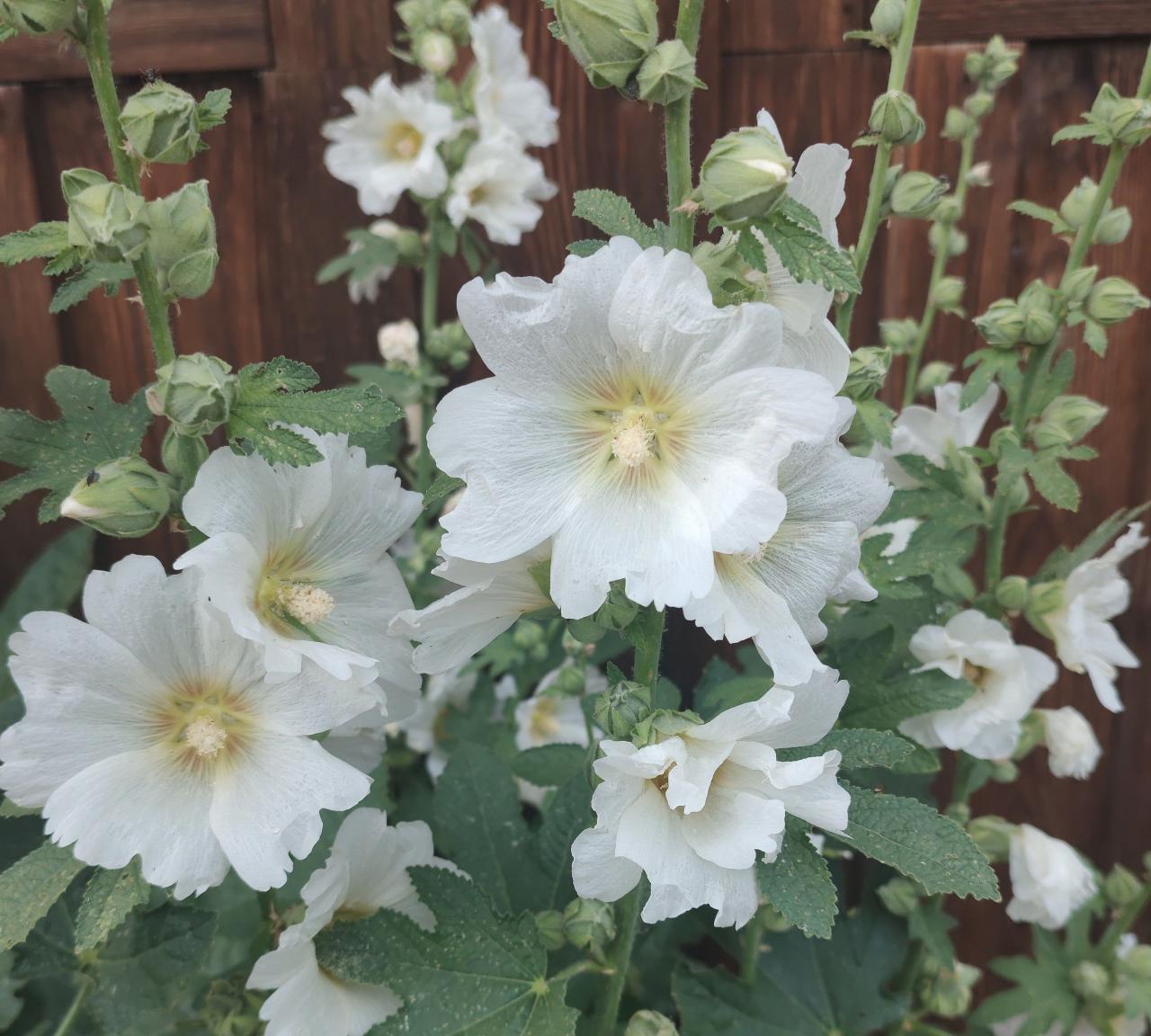Hollyhocks Not Flowering – Hollyhocks are a stunning addition to any garden, known for their tall stalks and vibrant flowers. However, many gardeners find themselves puzzled when their hollyhocks fail to bloom. Understanding the various factors that can affect the flowering of hollyhocks is essential for ensuring a flourishing garden. In this article, we will explore the common reasons why hollyhocks may not be flowering, along with practical solutions to help you achieve that beautiful floral display you desire.
Understanding Hollyhocks 🌼: Hollyhocks Not Flowering
Hollyhocks (Alcea rosea) are biennial plants that are beloved for their majestic height and colorful blooms. They can grow anywhere from 2 to 8 feet tall and come in a variety of colors, including pink, purple, white, and yellow. While they are relatively easy to grow, several conditions can prevent them from flowering.
Common Reasons for Hollyhocks Not Flowering
1. Insufficient Sunlight
One of the primary reasons hollyhocks may not flower is due to insufficient sunlight. These plants thrive in full sun and require at least 6 hours of direct sunlight each day. If they are planted in a shaded area, they may not produce flowers.
2. Poor Soil Conditions

Soil quality plays a crucial role in the health and flowering potential of hollyhocks. They prefer well-draining soil rich in organic matter. If the soil is too compact or lacks nutrients, it may inhibit flowering.
3. Watering Issues
Both under-watering and over-watering can lead to stress in hollyhocks, resulting in fewer blooms. It’s essential to maintain a balance; the soil should be moist but not soggy.
4. Pest Infestation
Pests such as aphids, spider mites, and thrips can damage hollyhocks and interfere with their ability to flower. Regularly checking for and treating pest infestations is vital for the health of your plants.
5. Disease and Fungal Infections
Diseases like rust, powdery mildew, and other fungal infections can severely impact hollyhocks. These diseases can not only affect flowering but can also lead to plant death if left untreated.
6. Improper Pruning
Pruning hollyhocks at the wrong time can prevent them from blooming. It’s important to wait until the flowering season is over before cutting them back.
7. Nutrient Imbalance

Hollyhocks require specific nutrients to thrive. An imbalance in nitrogen, phosphorus, and potassium can hinder flowering. A soil test can help determine if this is an issue.
Key Solutions to Encourage Flowering
1. Optimal Planting Location
Ensure your hollyhocks are planted in a location that receives ample sunlight. If your garden area is shaded, consider relocating your plants to a sunnier spot.
2. Improve Soil Quality
Amend the soil with organic compost to improve drainage and nutrient levels. Regularly check the pH level of the soil, aiming for a range between 6.0 and 7.0 for optimal growth.
3. Water Wisely, Hollyhocks Not Flowering
Water hollyhocks deeply but infrequently to encourage strong root growth. Always check the soil moisture before watering; it should be dry to the touch about an inch below the surface.
4. Pest Control Strategies
Monitor your hollyhocks for signs of pests. You can introduce beneficial insects like ladybugs or use organic pest control methods like neem oil to manage infestations.
5. Fungal Disease Management
To prevent fungal diseases, ensure proper air circulation around the plants. Avoid overhead watering, and remove any infected leaves promptly. Consider using fungicides if necessary.
6. Correct Pruning Practices
Prune hollyhocks after they finish blooming. This practice will promote healthy growth for the next flowering season.
7. Fertilizing the Right Way
Apply a balanced fertilizer in the spring when new growth begins. Follow the recommended rates on the packaging to avoid nutrient imbalances.
Understanding Hollyhock Lifecycle
Hollyhocks are biennials, meaning they have a two-year lifecycle. The first year is primarily for vegetative growth, while the second year is when they typically bloom. Understanding this lifecycle can help manage expectations. Here’s a simplified table for reference:
| Year | Growth Stage | Key Activities |
|---|---|---|
| 1 | Vegetative | Focus on foliage and root development. |
| 2 | Flowering | Time to expect blooms and seed production. |
> Important Note: Be patient! If your hollyhocks are newly planted, it may take a season before they flower.
Conclusion
Understanding why your hollyhocks are not flowering can significantly improve your gardening experience. By addressing issues such as sunlight, soil quality, watering practices, and pest management, you can encourage your plants to thrive and bloom beautifully. 🌺 Gardening is a journey, and with the right care, your hollyhocks can become the highlight of your garden!
